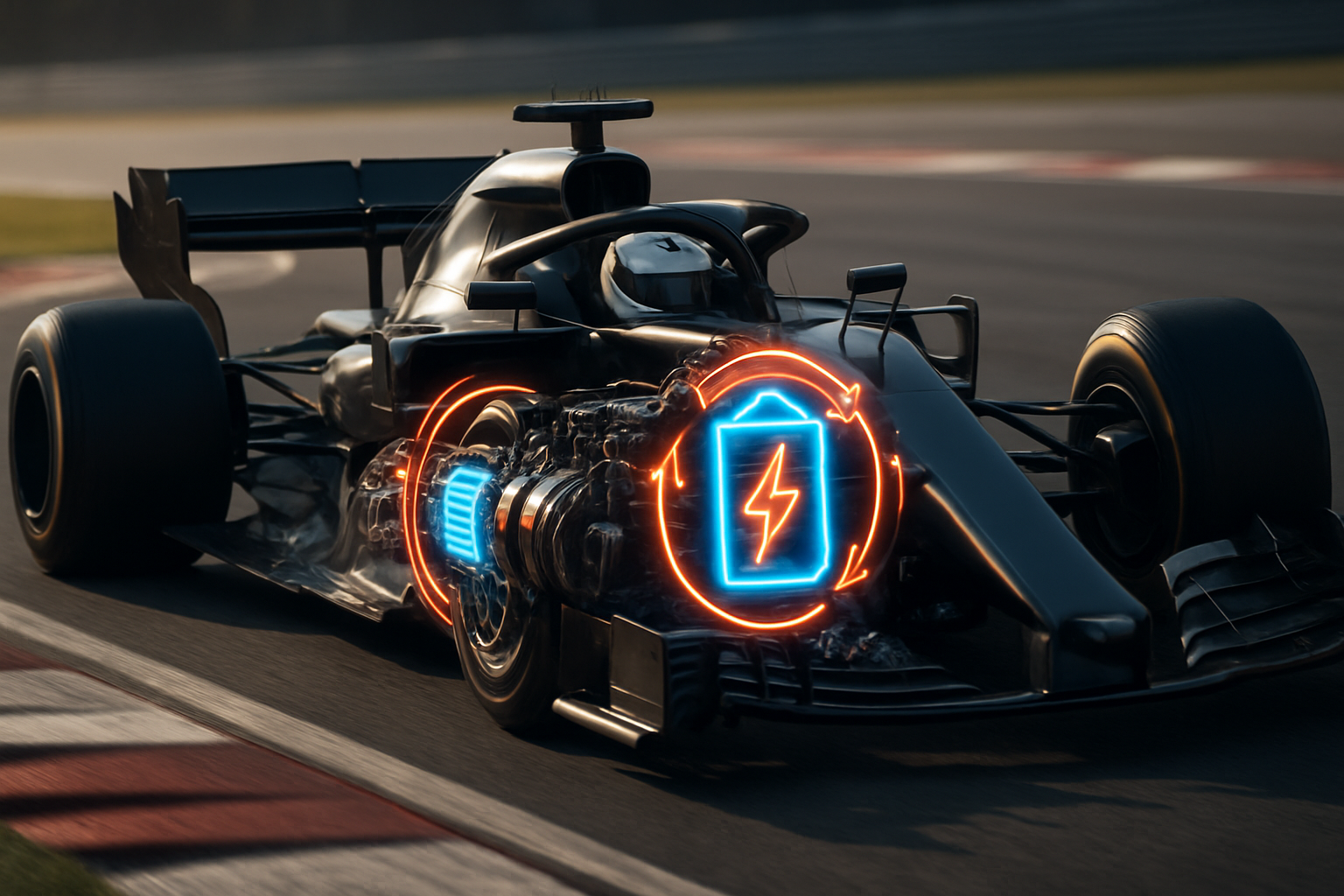Kinetic Energy Recovery Systems: Redefining Motorsport Efficiency
In the high-octane world of motorsport, where every millisecond counts, a groundbreaking technology is revolutionizing the way racing teams approach energy management and performance optimization. Kinetic Energy Recovery Systems (KERS) have emerged as a game-changing innovation, capturing the imagination of engineers, drivers, and spectators alike. This cutting-edge technology not only enhances vehicle performance but also paves the way for more sustainable racing practices.

The Genesis of KERS in Motorsport
The journey of KERS in motorsport began in the early 2000s when racing governing bodies sought ways to make the sport more environmentally conscious while maintaining its thrilling nature. Formula 1, known for its cutting-edge technological innovations, was at the forefront of this revolution. The Fédération Internationale de lAutomobile (FIA) introduced KERS as an optional system for the 2009 Formula 1 season, marking a significant shift in racing strategy and vehicle design.
Initially, teams faced numerous challenges in implementing KERS effectively. The added weight of the system, its complexity, and reliability issues posed significant hurdles. However, as with many innovations in motorsport, rapid development and fierce competition led to swift improvements. By the 2011 season, KERS had become a crucial component in Formula 1, with teams mastering its integration and strategic use.
The Mechanical Marvel Behind KERS
At its core, KERS operates on the principle of energy conversion. During braking, the systems flywheel or electric motor-generator unit converts kinetic energy into either mechanical energy stored in a spinning flywheel or electrical energy stored in batteries. This stored energy can then be released to provide an additional power boost, typically activated by the driver at strategic points on the track.
The technology behind KERS varies, with two main types dominating the field: electrical and mechanical systems. Electrical KERS utilizes a motor-generator unit coupled with a battery pack, while mechanical KERS employs a flywheel system. Each has its advantages, with electrical systems offering flexibility in energy deployment and mechanical systems providing rapid energy transfer with minimal losses.
Strategic Deployment: The Art of KERS Usage
The introduction of KERS has added a new layer of strategy to motorsport. Drivers must now consider not only their racing line and tire management but also the optimal moments to harvest and deploy stored energy. This additional strategic element has made races more dynamic and unpredictable, enhancing the spectacle for viewers.
In Formula 1, for instance, drivers can use KERS to defend their position on straights or to aid in overtaking maneuvers. The skill lies in balancing the use of stored energy with the need to recharge the system, all while maintaining optimal lap times. This strategic element has elevated the role of race engineers, who work closely with drivers to develop and execute energy management strategies throughout a race.
Beyond the Racetrack: KERS in Road Cars
The success of KERS in motorsport has naturally led to explorations of its potential in road cars. While the high-performance, high-cost systems used in racing are not directly transferable to consumer vehicles, the principles behind KERS have influenced the development of regenerative braking systems in hybrid and electric vehicles.
Several luxury and sports car manufacturers have experimented with KERS-inspired technologies in their road-going models. These systems aim to enhance performance while improving fuel efficiency, offering drivers a taste of racing technology in their daily drives. As automotive technology continues to evolve, its likely that more sophisticated energy recovery systems, inspired by KERS, will become commonplace in consumer vehicles.
The Future of KERS: Innovations on the Horizon
As motorsport continues to push the boundaries of technology, KERS is evolving alongside other cutting-edge innovations. Future developments may include more efficient energy storage solutions, such as advanced supercapacitors or high-performance batteries. There is also potential for KERS to work in conjunction with other energy recovery systems, such as those capturing heat from exhaust gases, to further maximize efficiency.
The integration of artificial intelligence and machine learning algorithms could revolutionize how KERS is utilized, optimizing energy harvesting and deployment based on real-time data analysis. This could lead to even more sophisticated race strategies and further improvements in vehicle performance.
In conclusion, Kinetic Energy Recovery Systems represent a significant leap forward in motorsport technology, blending the pursuit of performance with a growing emphasis on sustainability. As KERS continues to evolve, it not only enhances the spectacle of racing but also serves as a testbed for technologies that could shape the future of automotive engineering. The journey of KERS from the racetrack to potential everyday applications underscores the vital role motorsport plays in driving technological innovation in the automotive industry.





